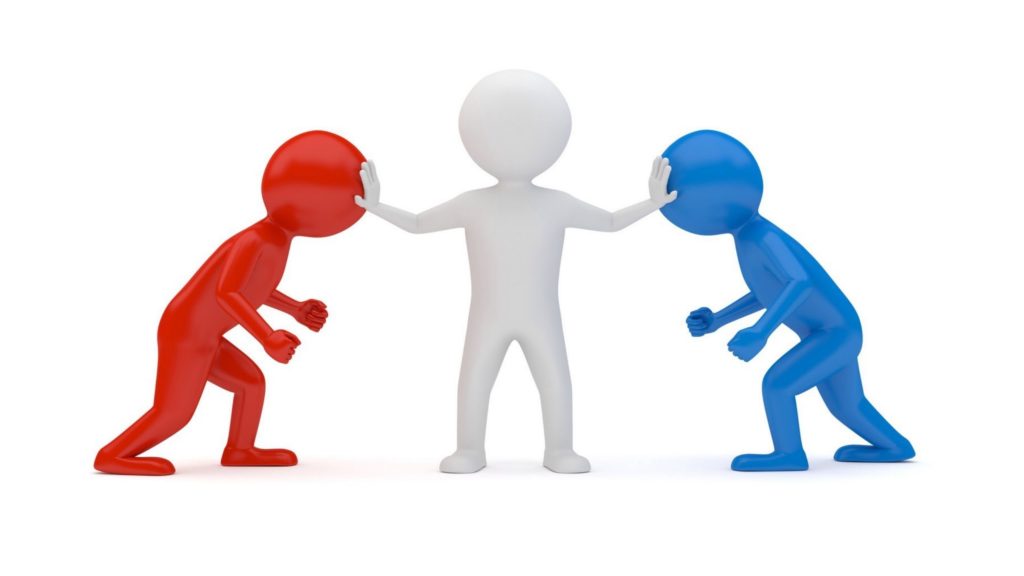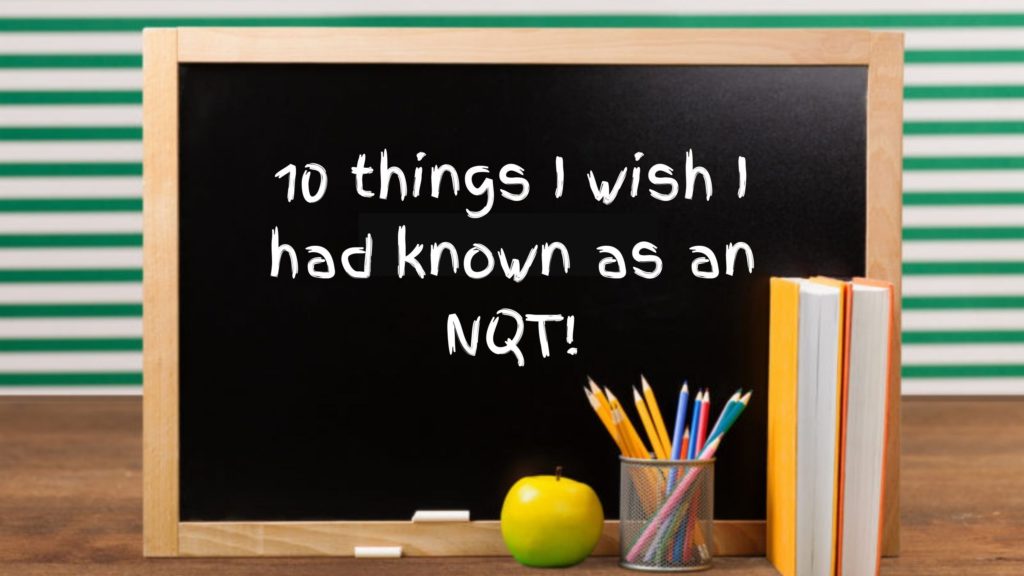How can supply educators spot the signs of self-harm in school?

Supply teachers can play a crucial role in spotting the signs of self-harm among students. While they may not have the same level of familiarity with a class as a regular teacher, they can still be observant and take appropriate action. Here are some steps supply teachers can take to identify signs of self-harm:
- Stay Informed: Familiarise yourself with the school’s policies and procedures regarding self-harm and student well-being. Attend any relevant training or workshops provided by the school.
- Observe Behaviour: Pay close attention to changes in students’ behaviour. Look for signs of withdrawal, sadness, anxiety, or sudden mood swings. While these may not always be indicative of self-harm, they can be warning signs.
- Notice Physical Signs: Be alert to physical signs such as unexplained cuts, burns, or bruises, particularly on the wrists, arms, thighs, or other areas that are commonly used for self-harm. Keep in mind that some students may attempt to hide these marks with clothing.
- Engage in Conversation: Build rapport with students and create a safe and supportive environment where they feel comfortable talking to you. Ask open-ended, non-judgmental questions to gauge their emotional well-being.
- Listen Actively: When a student confides in you or expresses distress, listen attentively without interrupting or passing judgment. Avoid making assumptions or offering solutions immediately; instead, express concern and empathy.
- Report Concerns: If you suspect or have concrete evidence of self-harm, report your concerns to the school’s designated child protection officer or counsellor. Follow the school’s established protocol for reporting such incidents, ensuring that you maintain the student’s privacy and confidentiality.
- Collaborate with School Staff: Communicate with other teachers, school counsellors, and staff members who interact with the student regularly. Sharing information can help create a holistic view of the student’s well-being.
- Document Incidents: Keep detailed records of any incidents, conversations, or observations related to self-harm. This documentation can be essential for school administrators and counsellors to assess the situation and provide appropriate support.
- Respect Privacy: While it’s important to be vigilant, respect the student’s privacy and boundaries. Do not pressure them to share information they are not comfortable disclosing.
- Promote Awareness: Consider conducting classroom discussions or activities that promote mental health awareness, self-esteem, and coping strategies. Creating an open and supportive atmosphere can encourage students to seek help when needed.
- Foster a Safe Environment: Encourage a school culture that promotes emotional well-being and offers resources for students who may be struggling with self-harm or other mental health issues.
Remember that self-harm is a complex issue, and it is crucial to approach it with sensitivity and professionalism. Supply teachers, like all educators, play an important role in creating a safe and supportive learning environment for students.







Nice article,I think learning should be student’s centered not teacher’s centered.
Very informative article.